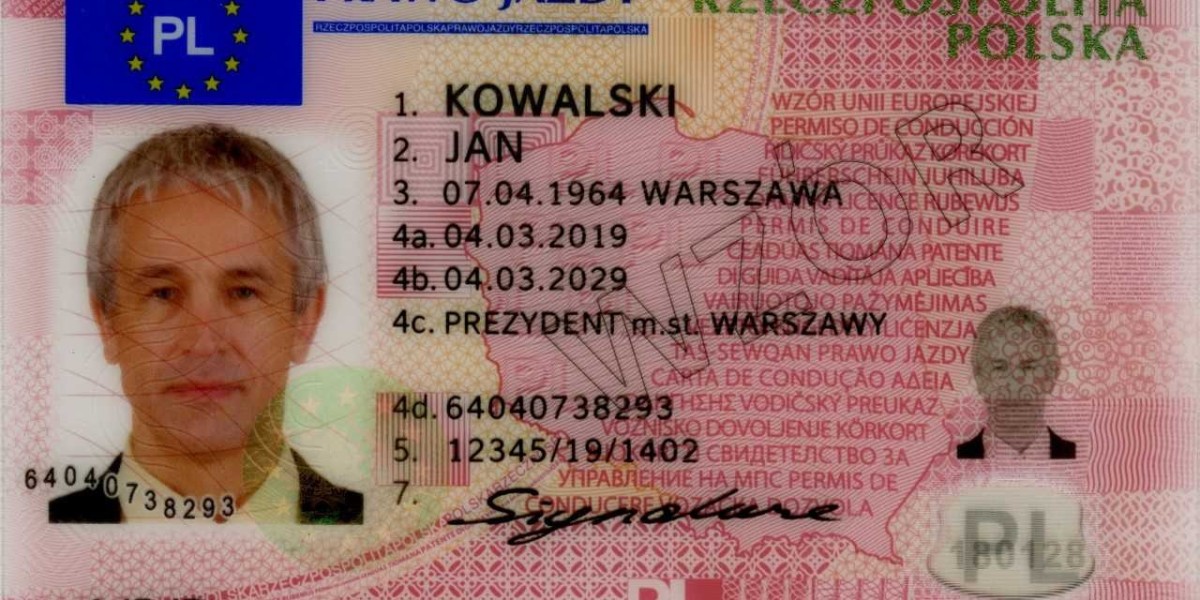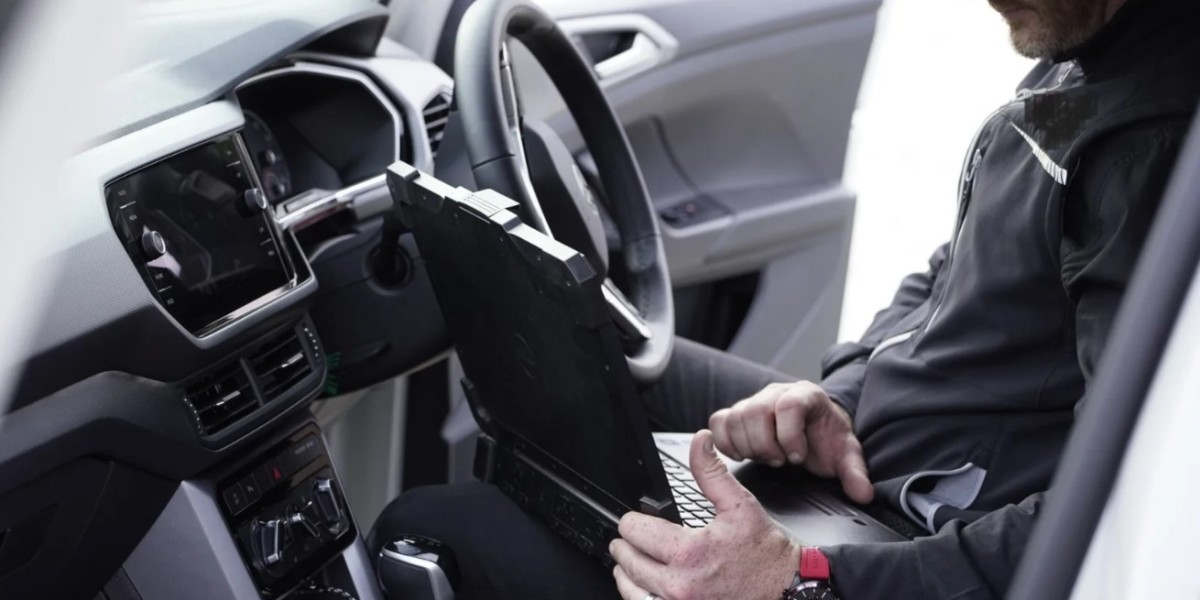 Driving License Category C
Driving License Category CCommercial driver's license (CDL) is a driving license of category C. This license allows drivers to drive vehicles that have a a maximum mass of over 1 tonnes.
This includes vehicles that have the cab and trailer that can carry 16 or more people (including the driver). It also covers passenger vans as well as small HAZMAT vehicles.
What is a Class C License?
There are a variety of ways to categorize your commercial driver's licence (CDL) and each one of which provides various career possibilities. To obtain an CDL requires a clean driving record passing a medical test and meeting the age requirements. It is also important to research the kinds of vehicles that are classified under each category and determine the endorsements required.
In accordance with the state, a class C license may be used to drive single vehicles that have a Gross Vehicle Weight Rating (GVWR) of 26001 pounds or less, or vehicles that tow a vehicle weighing up to 10,000 pounds. This could include delivery trucks, passenger vehicles and even small HAZMAT vehicles.
In addition to the GVWR and the weight of the trailer, drivers must also meet federal and Karta Xpress Poland state requirements in order to get a class C license. Class C drivers, for instance have to undergo a background check as well as a drug test. They must also possess a valid state driver's licence and pass a pre trip inspection test.
A class C driver can also obtain additional endorsements to increase their career opportunities. For example the "P" endorsement permits a class C driver to operate school buses. Other endorsements, such as the "T", "H", and "L" endorsements allow truckers to transport certain goods and boost their earning potential.
To add an endorsement the driver must pass a knowledge test and a skills test. The test for skills and the test are typically administered by a local trucking firm. To pass the test, a driver has to have a commercial vehicle that is able to pass an inspection prior to departure and demonstrate their ability to safely operate the vehicle in different road conditions.
A class C license could lead to a range of careers, including delivery drivers, driving instructors and movers. A class C license could allow individuals to become self-employed as the owner of a trucking company or operator. To obtain a class C license, drivers must research the requirements of their state, pass the required exams and tests, attend driver training, practice driving, take the driving test and pay any fees for licensing. In New York, you can get this done through the Department of Motor Vehicles. For more information, go to the DMV's website or call a nearby branch.
How do I obtain a Class C License?
A Class C license is a commercial driver's license (CDL) which is required to operate certain types of vehicles, such as those that transport dangerous materials or passengers. There are a variety of steps to obtain this license such as meeting age requirements, submitting to an DOT physical, and passing other tests and background checks. In addition, applicants might require special endorsements to drive certain types of vehicles, like buses or tank trucks.
The primary difference between Class C and other CDL classifications is that the Class C license permits people to operate single vehicles that have a Gross Vehicle Weight Rating (GVWR) of 26,001 pounds or less as well as vehicles towing another vehicle with capacity of up to 10,000 pounds. This includes passenger vans and small HAZMAT vehicles. In addition, the Class C license permits individuals to drive interstate or intrastate vehicles, while other CDL classifications are only able to allow interstate driving.
To obtain a Class C license applicants must first fill out the Commercial Driver License Application and submit it to their state or federal motor vehicle licensing agency. The application usually asks applicants for personal information such as address and name and a background check. Depending on their state's requirements applicants may also be required to pass a physical or vision exam and take a written exam.
If the application is accepted the applicant will have to get a Commercial Learner's Permit (CLP) and then practice driving under supervision. In some states, applicants could be required to take a course before they can obtain the Class C license. The Class C CDL does not require that the driver complete the Entry Level Driver Training.
After a few hours of driving under supervision, the applicant must pass a driving test. The test will require driving the vehicle in a controlled environment to prove they have the skills and knowledge required to operate the vehicle safely and efficiently. When the driving test is successfully completed, the applicant will be required to pay the licensing fee to obtain their Class C license.
What are the requirements to get a Class C License?
To obtain an official Class C License is a long process that requires drivers to meet many age, health and safety requirements. To begin their professional driving career applicants must pass the physical and eye exams, maintain a Commercial Learner's Permit, complete the required training and then drive, pass the CDL test and pay the licensing fees.
Based on the specific requirements of the Class C License holder, they could be able to operate passenger vehicles such as buses and vans or trucks that tow vehicles of less than 10,000 pounds. They may also be able to transport hazardous materials. This wide array of vehicle types demonstrates the flexibility and utility of this particular type of commercial driver's license.
To obtain the endorsements required Class C license holders must pass certain tests of knowledge in addition to meeting the fundamental eligibility requirements. These include:
P (Passenger), a permit that allows drivers to operate vehicles carrying 16 or more passengers including the driver. S (School Buses) required by drivers who transport schoolchildren in buses.
N (Tanker) allows truckers to operate tanker vehicles that transport volatile liquids and gases. This certification is only accessible to those who have passed a niche knowledge exam.
This endorsement requires passing a knowledge test. This designation allows drivers to transport hazardous goods. A background check is normally required.
The final requirement for obtaining a Class C License is the successful passing of the CDL road skills test. The test is broken down into multiple segments that assess the driver's ability to conduct pre-trip checks, demonstrate basic vehicle control, and drive safely. The road test usually involves a towing practice for a vehicle and the use of trailers.
After passing the road test, drivers who have a Class C License have to pass a written examination that covers topics like vehicle regulations, safety rules, and driving laws. In certain states there are some states where the CDL driving test has an element of practical testing which requires the driver to give a list of things to look for when driving and then give feedback on their performance.
What career options are available with the class C license?
A CDL license can lead to many opportunities for career advancement in various industries. This credential allows you to apply for different jobs in the trucking industry, whether you want to drive vans, trucks, or buses. Examples include delivery drivers who collect and transport shipments, movers who are involved in residential or commercial moving projects, and parts drivers who bring equipment components to the site of work for assembly. Those who hold the class C license may also operate vehicles that are designed to carry more than 16 passengers or transport freight classified as hazardous materials (hazmat).
A career as a commercial driver allows you to travel and enjoy the country in style. But it's important to know the distinction between the different classes of CDL to ensure you obtain the appropriate one to meet your driving requirements. Class A is for those who want to drive large trucks or combine vehicles with a gross vehicle rating (GVWR), which is 26001 pounds or more. Class B is required for those who want to drive any vehicle that isn't in excess of 26,001 pounds. It also includes vehicles used to haul trailers or other towed vehicles. Class C is designed for those who want to operate all other vehicles that aren't included in either of the other two categories.
If long distance driving isn't for you There are many other trucking jobs that require only a class C license. A popular option is bus driving, in which you can choose between domestic and interstate routes. Or you can work locally and drive airport shuttles, city transit or charter or sightseeing buses.
Towing and recovery jobs are also available locally, but they require excellent mechanical skills and the ability to work under pressure. These drivers ensure that the nation's highways safe and smooth by assisting in roadside accidents or recovering vehicles after accidents.
A class C license requires some dedication, but it's worth the effort, as it's an incredibly versatile credential that can lead to many exciting and rewarding career paths. The first step is to study the specific requirements of your state that can be found online or at a local DMV office. After that, you can take the needed tests and complete your training to start your career in trucking.







